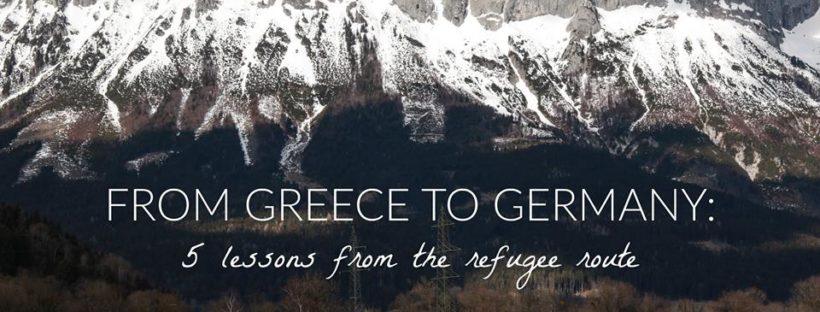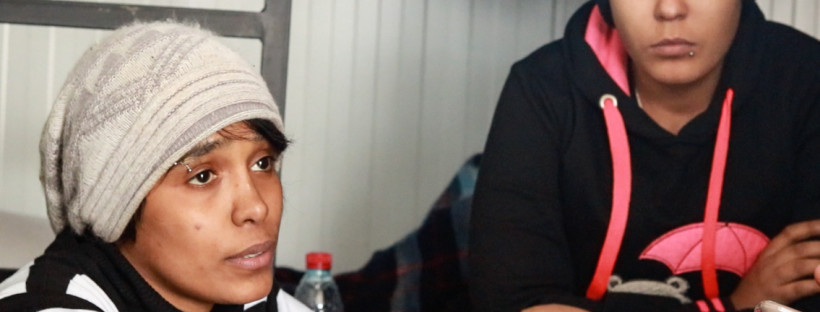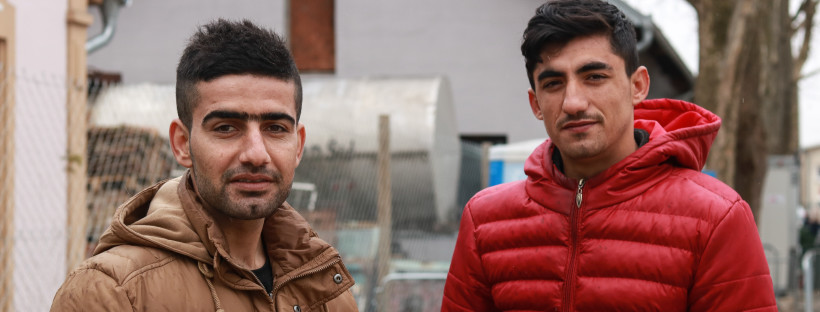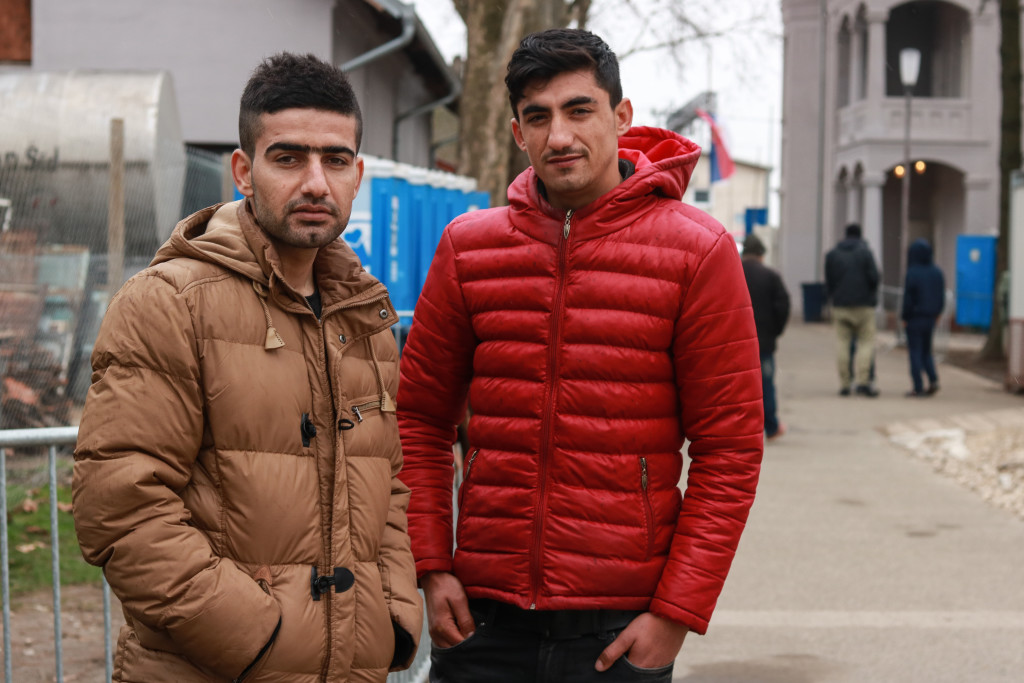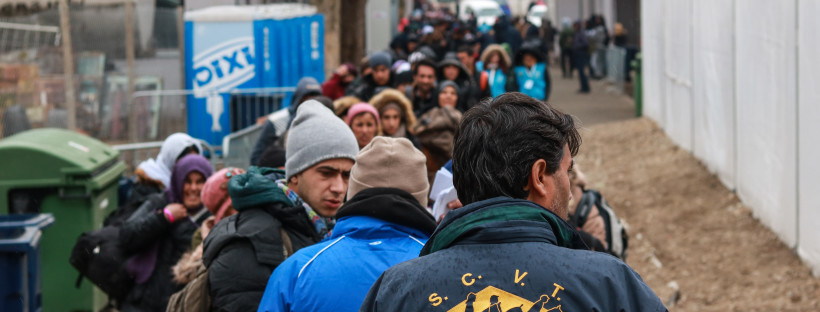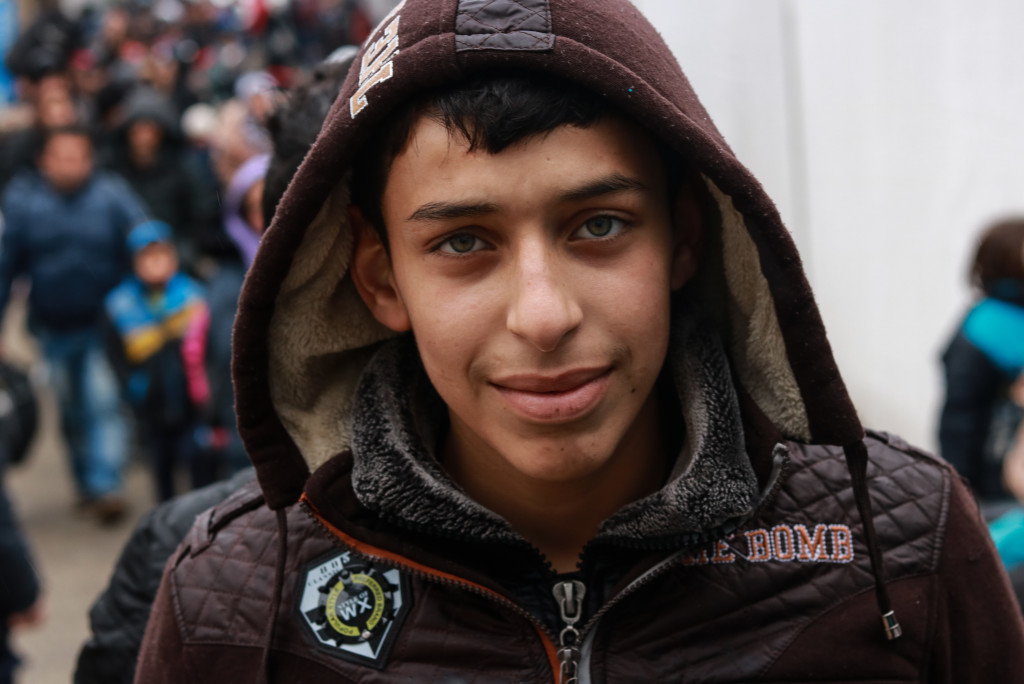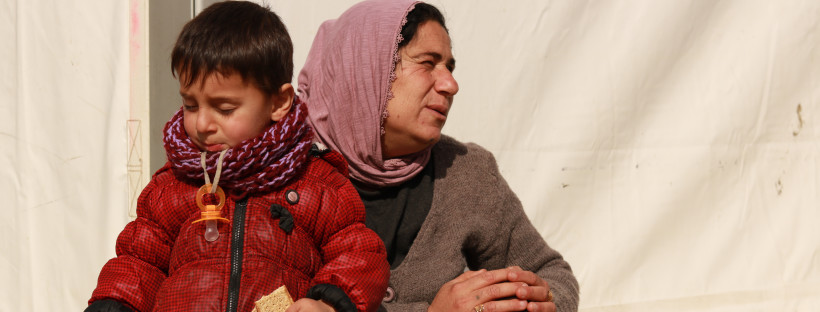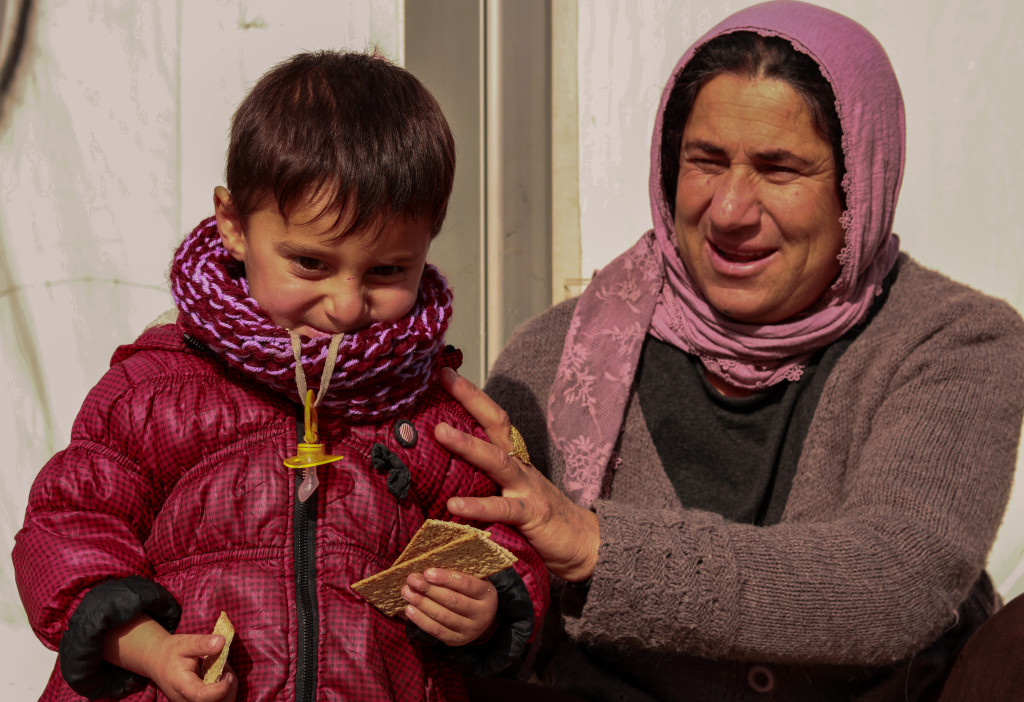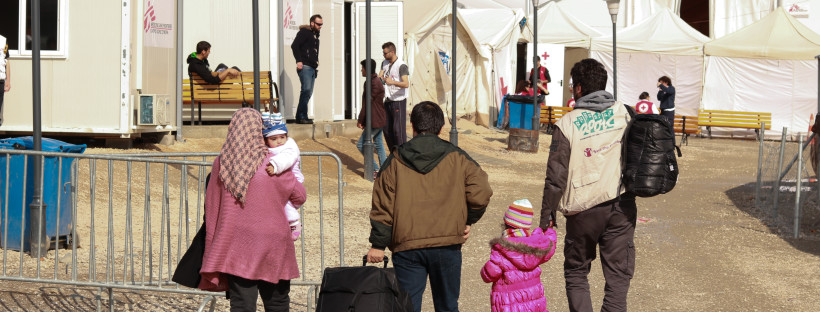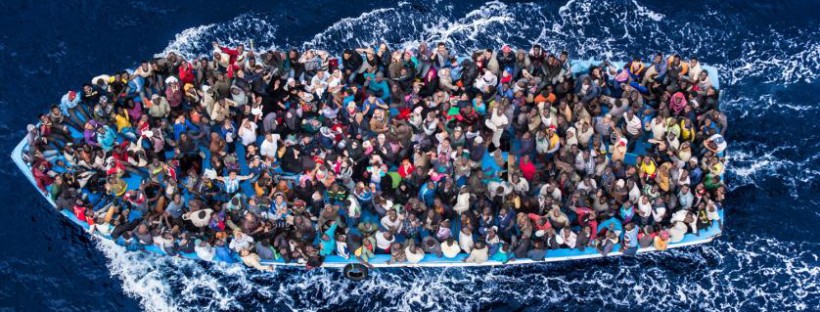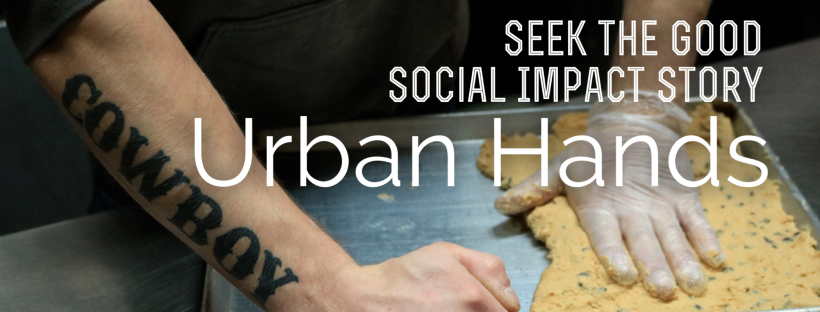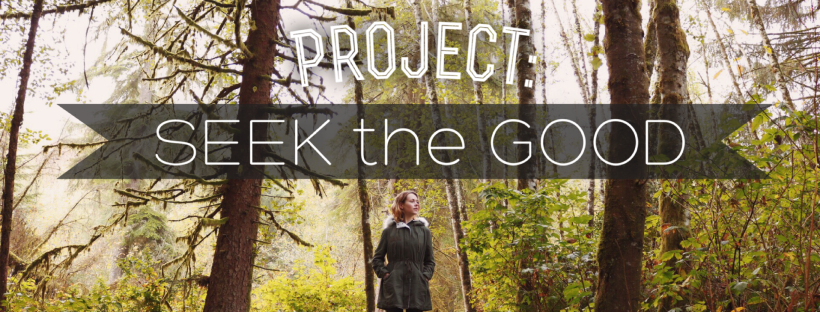A few months ago I wrote an article for Nations Foundation about my experience traveling Europe’s refugee route. In light of the tragic events that continue to unfold in Syria, I am reposting this as a reminder of what I learned, why it matters, and why we should be paying attention. The Advent season is one of hope and peace, so read on and discover why I believe refugees are worthy of both–and learn how you can respond.
Imagine this: you are in a massive white tent with 200 people crammed together in rows of shaky bunk beds. The air rings with the sound of multiple languages from men, women, and children all waiting to hear what their futures hold. You walk through the tent’s single pathway and all eyes turn toward you, a young woman with a journal in hand, a camera over your shoulder, and a weight upon your heart. As you head toward a family at the back of the tent one father stops you by placing his child in your way, insisting that you take his son’s photo. He points to the dry cracker in the boy’s hand and cries, “This is all my child has eaten in three days. Please, tell the world what is happening to us!”
Now snap back to reality. The scene I just described seems more like something from The Hunger Games than a moment from real life, doesn’t it?
That, however, was exactly what I encountered in a refugee camp in Serbia. And that father’s plea was why I was there in the first place—to hear and tell those stories.
